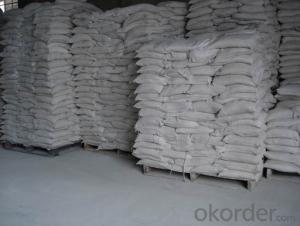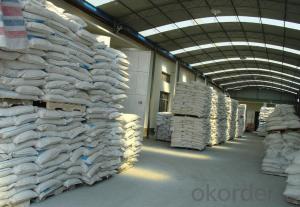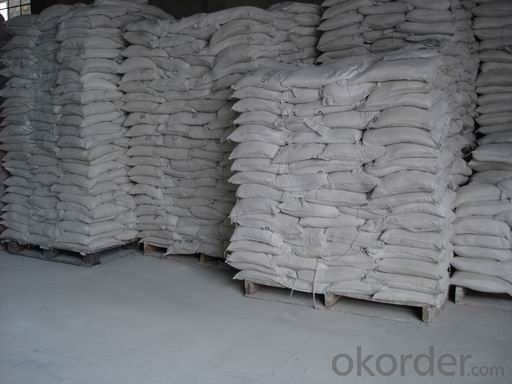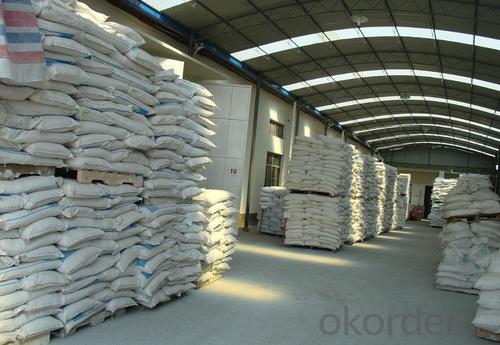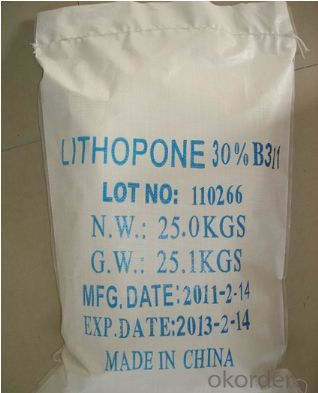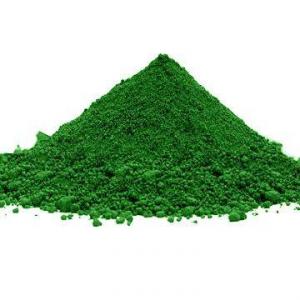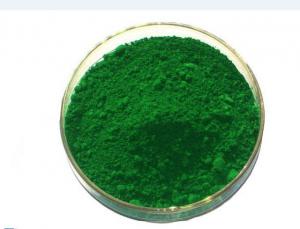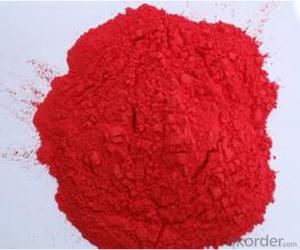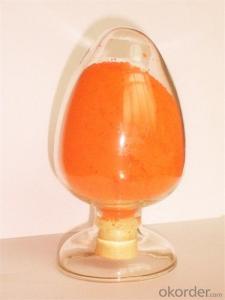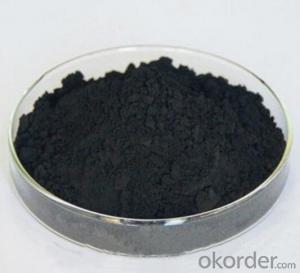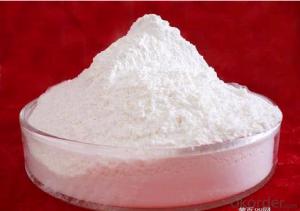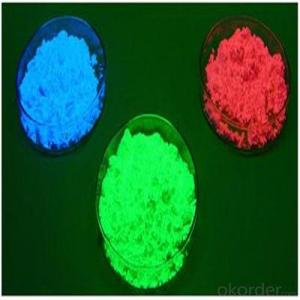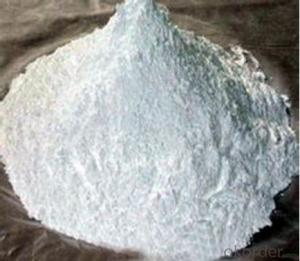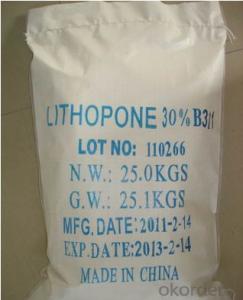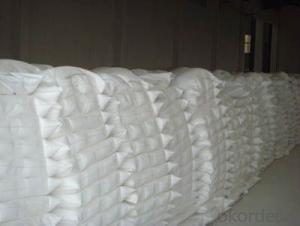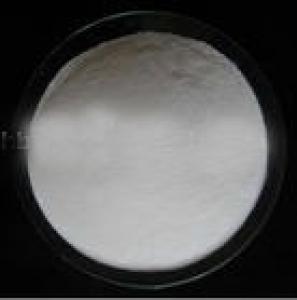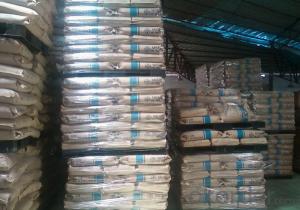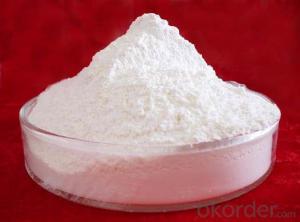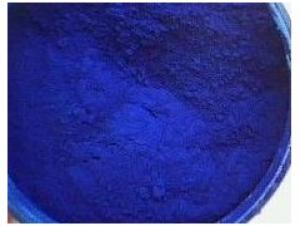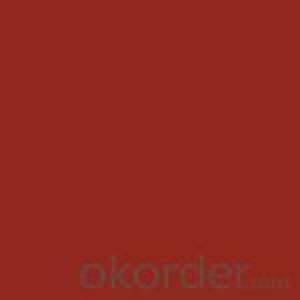Lithopone 28% 30% B301 Lowest Price Best Quality
- Loading Port:
- Tianjin
- Payment Terms:
- TT OR LC
- Min Order Qty:
- 20 m.t.
- Supply Capability:
- 2000 m.t./month
OKorder Service Pledge
OKorder Financial Service
You Might Also Like
Specifications of lithopone pigments B301
Lithopone B301 30% ZnS and barium sulfate: min. 99%
Features:
1) ZnS and barium sulfate: min. 99%
2) ZnS: min. 30%
3) Zinc oxide: max. 0.3%
4) Color compared with the standard sample: superior
5) Tint reducing power, compared with the standard sample: min. 100%
6) Volatility at 105°C: max. 0.3%
7) Water soluble matter: max. 0.4%
8) pH value of aqueous suspension: 6.0 - 8.0
9) Oil absorption: max. 12g/100g
10) Hiding power: not less than 5% of the standard sample
Appearance of Lithopone:
A white, odorless powder. Insoluble in water. It’s has good whiteness and envelop ability.
Properties of Lithopone:
This product is a kind of new-style nontoxic. Green non-pollution, lithopone than traditional lithopone albedo high, hiding power, fineness and high-temperature weatherability, strong characteristic.
ITEM | Specification | |
B311 | B301 | |
Total Zinc and Barium Sulphate %≥ | 99.0 | 99.0 |
Zinc Sulfide Content %≥ | 30.0 | 28.0 |
Zinc Oxide Content %≤ | 0.3 | 0.6 |
Tinter Reducing Power, Compared with Standard Samples ≥ | 105 | 100 |
105°C Volatile matter %≤ | 0.3 | 0.3 |
Water solubles %≤ | 0.3 | 0.4 |
Water suspension Ph-value | 6.0-8.0 | 6.0-8.0 |
Oil absorption,g/100g≤ | 10 | 14 |
Residue on sieve 63μm %≤ | 0.1 | 0.1 |
Application of Lithopone:
Mainly used of coatings, printing ink, rubber, plastic, powder, profiles, paint, paper, and leather, etc.
Package of Lithopone:
25kgs/PP bag,25MT/20’FCL

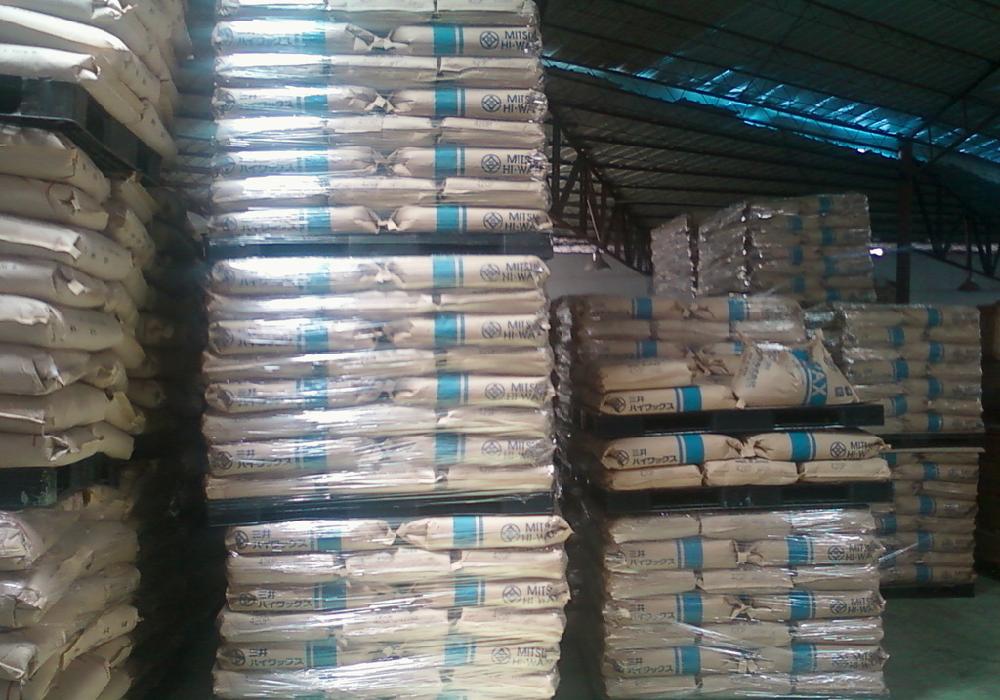
- Q: What are MAC eyeshadow pigments? Are they just like regular eyeshadow.. are they used the same way? Has anyone tried them and liked them?
- NEVER TRIED THEM HEARD GOOD THANGS THO
- Q: Can some one suggest chemical pigments that can be easily made from chemicals available in a chemistry lab for a project?I need the name of the pigment, reactants required and chemical equations of reactions involved.I need atleast 5 pigments
- Some pigments easy to make in a school laboratory: 1) Calcium carbonate: Mix solutions of calcium chloride and sodium carbonate : CaCl2(aq) + Na2CO3(aq) → CaCO3(s) + 2NaCl(aq) filter off and dry the calcium carbonate 2) Barium carbonate Exactly as above , but start with barium chloride 3) Calcium sulphate Mix solutions of calcium chloride and sodium sulphate: CaCl2(aq) + Na2SO4(aq) → CaSO4(s) + 2NaCl 4) Barium sulphate Use barium chloride instead of calcium chloride . 5) Satin white is another interesting pigment: Mix solutions of aluminium sulphate and calcium hydroxide with strong stirring , You get a paste which is a mixture of aluminium hydroxide and calcium sulphate . There is no specific formula because what you get depends on how you mix. Do not try and dry this out to get a dry pigment - it does not work. There are 5 white pigments that you can easily make - but remember to wear proper protective clothing when working with all chemicals
- Q: why light and pigments are different?
- A pigment is a material that changes the color of reflected or transmitted light as the result of wavelength-selective absorption. This physical process differs from fluorescence, phosphorescence, and other forms of luminescence, in which a material emits light. Many materials selectively absorb certain wavelengths of light. Materials that humans have chosen and developed for use as pigments usually have special properties that make them ideal for coloring other materials. A pigment must have a high tinting strength relative to the materials it colors. It must be stable in solid form at ambient temperatures. For industrial applications, as well as in the arts, permanence and stability are desirable properties. Pigments that are not permanent are called fugitive. Fugitive pigments fade over time, or with exposure to light, while some eventually blacken. Pigments are used for coloring paint, ink, plastic, fabric, cosmetics, food and other materials. Most pigments used in manufacturing and the visual arts are dry colourants, usually ground into a fine powder. This powder is added to a vehicle (or binder), a relatively neutral or colorless material that suspends the pigment and gives the paint its adhesion.
- Q: what is a pigment? Please describe it, and tell me the uses.?
- Pigments are a natural color in organisms. To understand pigments, you must understand the reflections of light. Pigments allows for organisms to have color, like the blue or brown in the eyes. For example, leaves in plants are color green because their pigments absorb all the colors because of photosynthesis except green and reflects off the color. Their plants are usually not green because they don't need to absorb light as much as the leaves does. Pigments depend on the type of light it absorbs. You are green in a dark room with green light right?
- Q: I love the colours that pigments come in but I don't know how to use them. Is there any easy way?
- Pigments can be used the same way as your typical eyeshadows. Sponge applicators allow for a more vivid and intense colour pay off, while using a regular eyeshadow brush gives off a more sheer finish. Pigments can get messy, especially on your face. A good trick to remember is to dust a generous amount of translucent powder under the eye area before using pigments. This way if there is any powder fallout you will be able to sweep it all off without problems.
- Q: How many pigments does grass reflect?
- Pigments are the colors that make grass look green. They are the pigments that do photosynthesis. Grass looks green because it reflects green light. It reflects the wavelengths of light that have the frequency of green light. Grass has other pigments that we do not see through the chlorophyll, but it is the light that is reflected.
- Q: I hear about it cause my Friend is albino and she was born with no pigments in her hair,skin or eyes
- then she is natural coz she is not using any substances to colour or paint....
- Q: (After the fifteenth century)
- Pigment is color in powder form. An example is lamp black; it was first made from the soot of kerosene lamps ground fine. Binder is a substance used to hold pigment together and make it adhere; in the previous example, linseed oil would be the binder for the lamp black pigment. Vehicle is a medium acting as a solvent, carrier, or binder for paint; turpentine or mineral spirits would be a vehicle but so would linseed oil as well to help dilute the paint and help it cover a large area. Hope that helps and thanx.
- Q: I got this question from my A2 Biology but I can't find the answer. Does anybody know?
- Color. Chlorophyll a is light green. The accessory pigments, chlorophyll b is olive green, the xanthophylls are yellow/brown, and the carotenes are red.
- Q: In photosynthesis whats the difference between primary and accesory pigments?
- Primary pigments are molecules that convert light energy to chemical energy directly; chlorophyll is the primary pigment in all photosynthetic organisms. Accessory pigments are molecules that absorb photons which are not captured by chlorophyll. The presence of accessory pigments (found in the thylakoid membranes of plants) allows phototrophs (plants, algae, and cyanobacteria) to capture energy from the sun that would otherwise go to waste. The two most common types of accessory pigments are carotenoids and phycobilins. Some examples of carotenoids in common plants are: beta-carotein (carrot orange), lutein (marigold yellow), and lycopene (tomato red). Phycobilins are found only in red algae or cyanobacteria. The two most common phycobilins are: phycoerythrin (red), and phycocyanin (blue). The presence of accessory pigments in plants is masked by the presence of chlorophyll during the Spring and Summer seasons; that's why leaves are green most of the time. The color change from green to red, orange, or yellow that we observed during the Fall season is caused by the absence of chlorophyll; the accessory pigments are always present until the leaves fall as the trees go into dormant mode.
Send your message to us
Lithopone 28% 30% B301 Lowest Price Best Quality
- Loading Port:
- Tianjin
- Payment Terms:
- TT OR LC
- Min Order Qty:
- 20 m.t.
- Supply Capability:
- 2000 m.t./month
OKorder Service Pledge
OKorder Financial Service
Similar products
Hot products
Hot Searches
Related keywords
